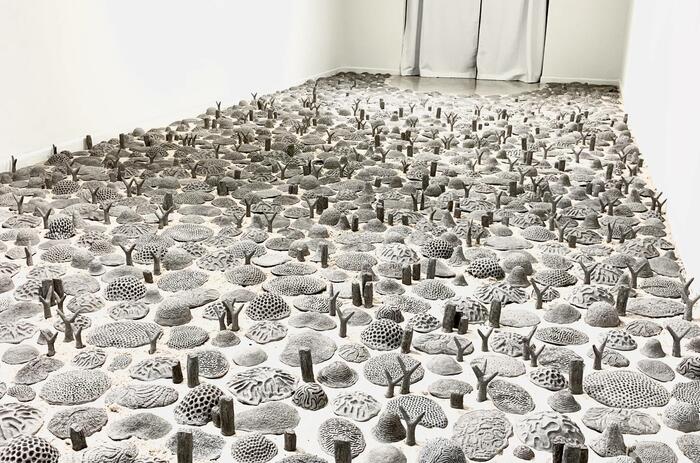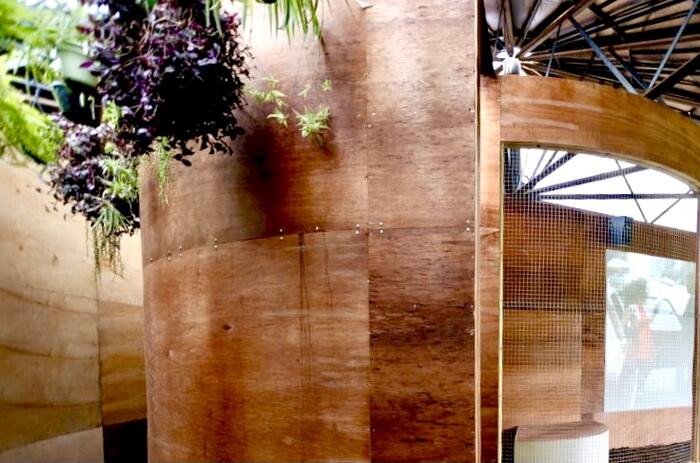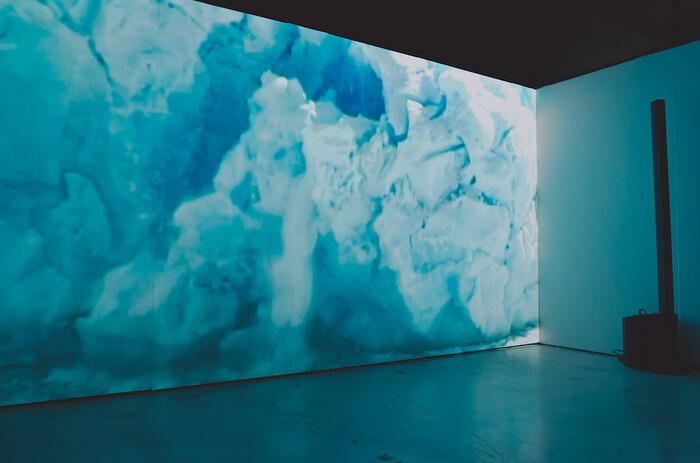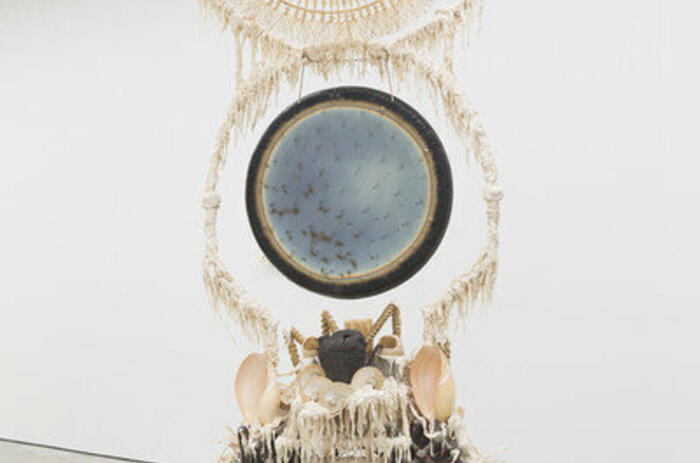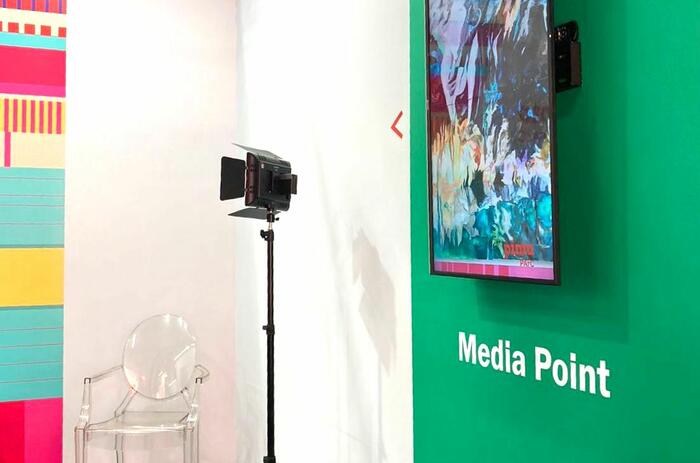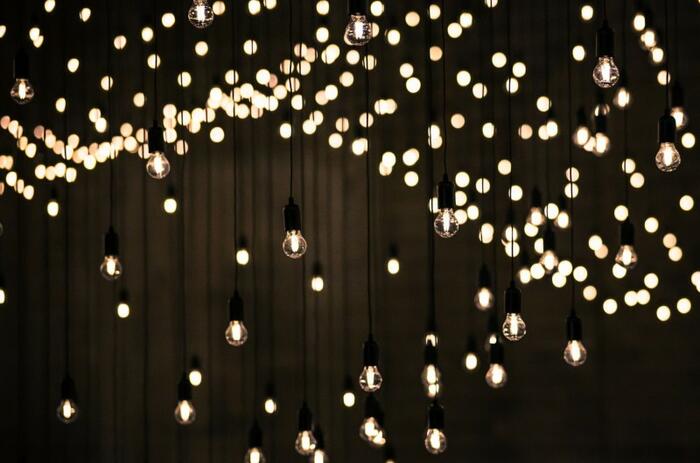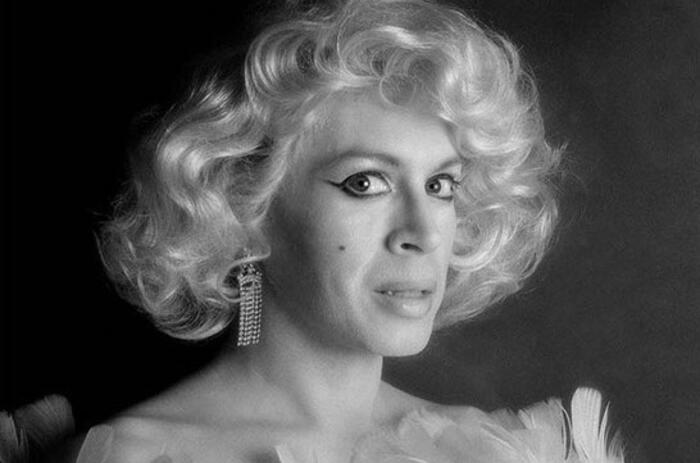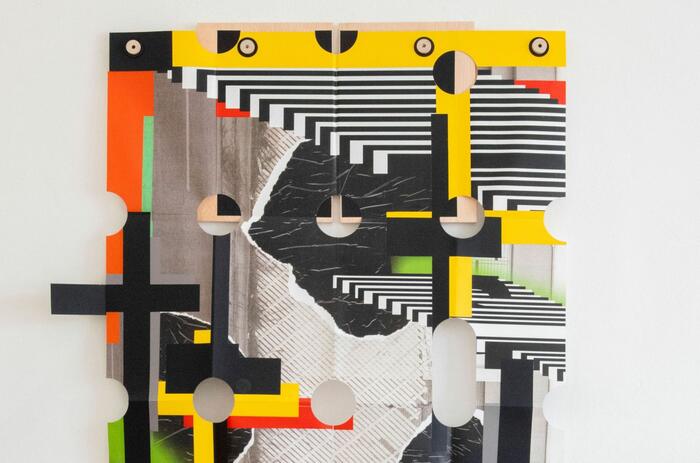PLASTIC PRINTS IN ‘OCÉANOS’ – PENUMBRA FOUNDATION
The New York based photography foundation Penumbra exhibits OCÉANOS by Roberto Huarcaya (Lima, Perú, 1959) until July 22nd. The show presents the first-ever exhibition of this Peruvian artist’ large-scale photograms of the Pacific Ocean. In what could be described as a "photogrammatic performance," Huarcaya immerses himself into the waters of the sea to record its virulent nature and traces of contamination.
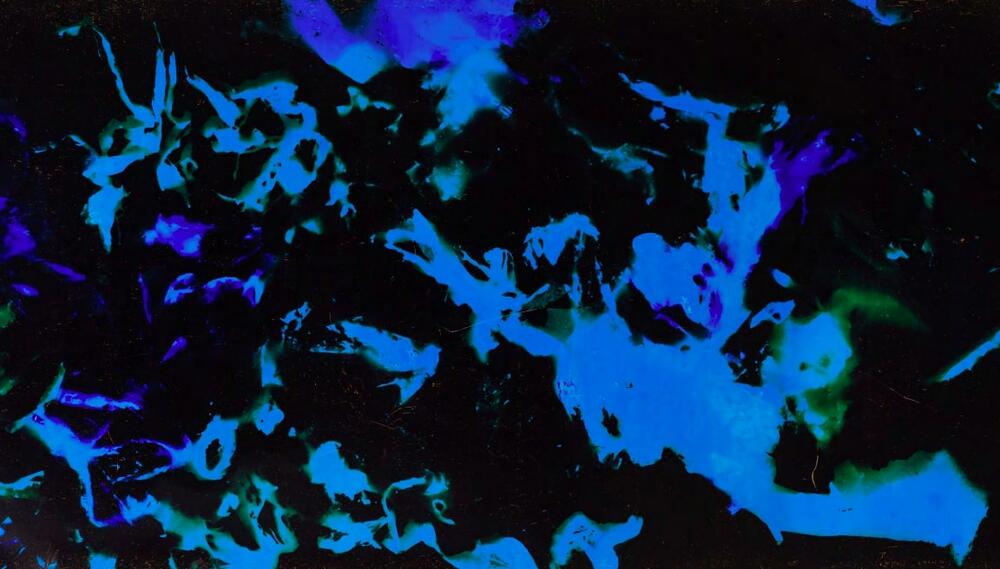
Working with color and black and white silver halide papers, the resulting images grapple with the possibilities of documentation, representation, and abstraction, while inviting the viewer to look and reflect on the tensions between the depicted matter and the created photograph.
The series is composed by two different stages, the first one presents the results obtained, using the photogram technique, during the moment when the sea water reaches the coast and interacts with the photographic paper. Depicting a process of obtaining images that transcends the author control, who becomes a mediator of that experience. The footprints generated by the water and sand over the paper repeat the explorations previously made by Roberto Huarcaya in the Peruvian jungle, where he adopted the role of the pioneers of photography, recovering one of the inaugural procedures of photography: the photogram. A technique that, without using any lenses or cameras, made it possible to obtain exact reproductions of objects portraited. His inventor, William Henry Fox Talbot, describing his early experiments with the photogram technique, wrote astonished: "Nature draws itself."
The second stage of the series focuses on the water pollution, dumping of plastics into the sea, which constitutes one of the most important problems in the stability of the marine ecosystem. Millions of tons are thrown into the sea annually, activating an irreversible process of pollution, which affects plants, animals, birds and fish, and which generates a chain of destruction that also reaches people. Using the photogram technique, this time using color photographic paper, Roberto Huarcaya records the omnipresence in oceanic environments that plastics occupy in their different degradation processes. They are records that show with perverse beauty the tragic presence of plastic in the marine ecosystem: a kind of fleurs du mal.
-
Roberto Huarcaya | From the series OCÉANOS | Pacific Ocean Pollution II | Year 2018 | Photography | Photogram on color photosensitive paper 150 x 108 cm |
-
Roberto Huarcaya | From the series OCÉANOS | Sea and garbage III | Year 2018 | Photography | Photogram on color photosensitive paper 400 x 108 cm
-
Roberto Huarcaya | From the series OCÉANOS | Sea and garbage I | Year 2018 | Photography | Photogram on color photosensitive paper 400 x 108 cm
Roberto Huarcaya is one of the most distinguished and committed contemporary artists in Peru. Since his appearance on the visual arts scene, he stood out for the ambition of his projects, in which the photographic medium has often been linked to other creative means in combinations of great solvency. Exercising an anthropological point of view on the images he chooses to take, the artist combines his interest in nature with its forests, oceans and jungles, which are manifested in emblematic series such as "Amazogramas" (2014). Also the rural environment, customs, dances and children are addressed in "Danzas Andinas" (2018) and "Andegramas" (2017). Since 2014, the artist has turned his attention to photography without camera and is producing 'frames', returning to the very origins of photography and using a primitive technique to capture primeval realities. Through these works of photosensitive material of monumental dimensions, with a mixture of intuition and resonance, Huarcaya allows us to re-tie the sensitivity, which is like a palimpsest of our personal history, to a hectic sensory dynamics, in the chamber of the consciousness.

